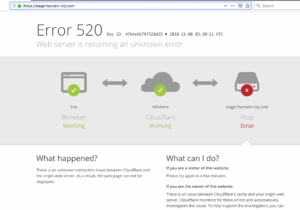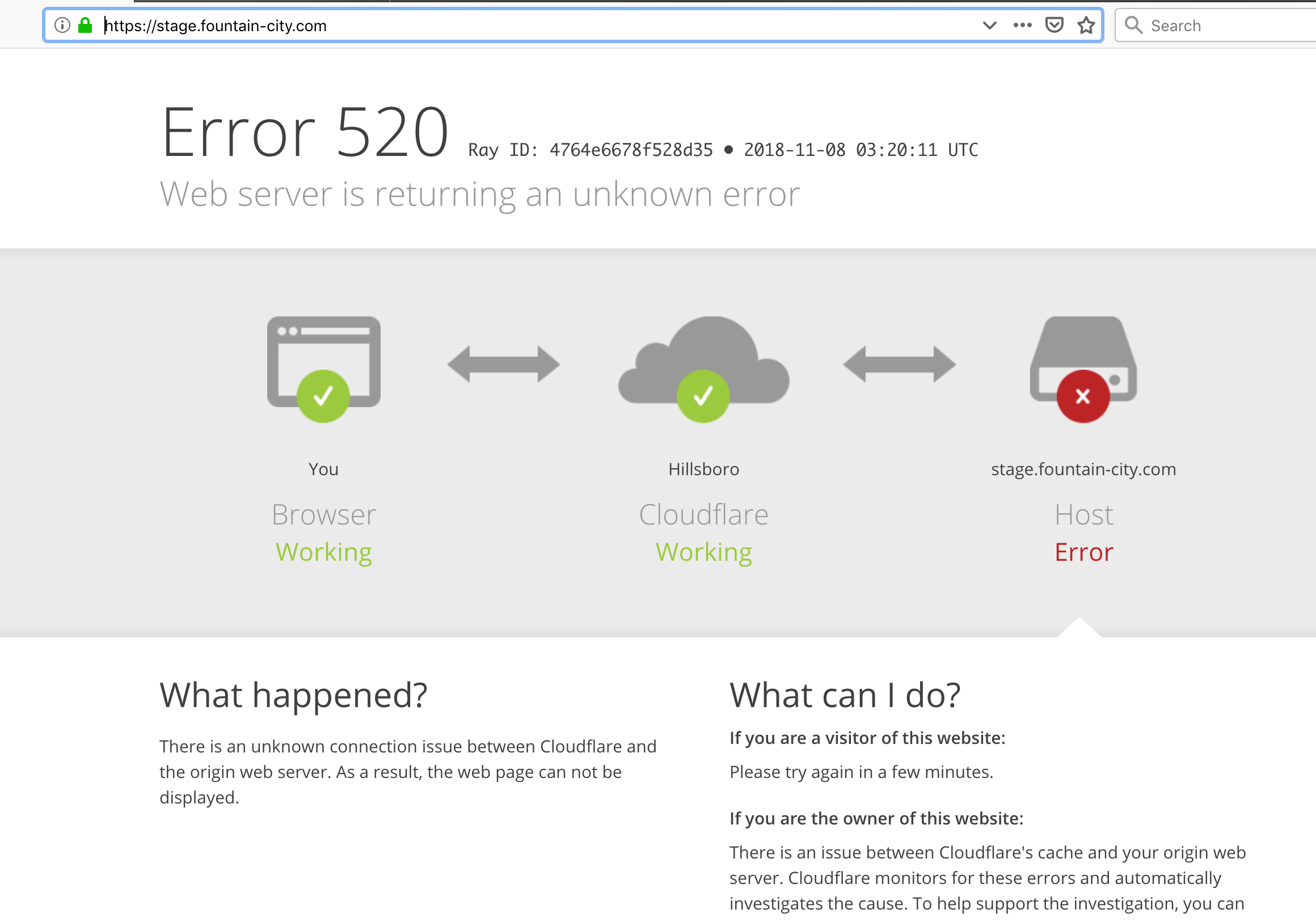Understanding Cloudflare Downtime
In the world of digital business, reliability is crucial. When a service that many businesses rely on goes down, it can have significant repercussions. One such service is Cloudflare, a company noted for its web performance and security services, which many organizations depend on for maintaining their online presence. In this post, we will explore what it means when Cloudflare is down, common causes, the impacts on businesses, and how to mitigate these risks to keep your online operations smooth and efficient.
What Happens When Cloudflare is Down?
When Cloudflare experiences downtime, it can disrupt connectivity for websites using its services. Users may encounter errors such as 502 Bad Gateway or 504 Gateway Timeout, which indicate that the servers are unreachable or taking too long to respond. Businesses may face loss of sales, decreased traffic, and customer frustration during these periods. According to a post in the Cloudflare subreddit, users often express their concerns and share experiences when this happens, illustrating the widespread reliance on the platform.
Causes of Cloudflare Downtime
Understanding the root causes of downtime can help businesses better prepare and respond. The following are common reasons why Cloudflare may experience outages:
- Server Overload: High demand can overwhelm servers, causing them to become unresponsive.
- Network Issues: Connectivity problems can arise due to various factors, including ISP outages and issues within Cloudflare’s own network.
- Configuration Errors: Misconfigurations can lead to servers being unreachable or misrouted.
- Security Attacks: DDoS attacks or other malicious activities can trigger automatic defenses, which may inadvertently cause downtime for legitimate users.
- Maintenance Activities: Planned updates or repairs can cause temporary downtimes, which are usually communicated in advance by Cloudflare.
The Business Impact of Cloudflare Downtime
The impact of Cloudflare downtime can be multi-faceted. Here’s how it can affect different aspects of a business:
- Revenue Loss: Every minute your website is down can translate to lost sales. E-commerce sites, in particular, can see significant revenue drops during downtimes.
- Brand Reputation: Frequent outages can harm your brand’s reputation; customers expect reliable service and may turn to competitors if they experience too many disruptions.
- Customer Trust: Trust is paramount in business. If users encounter consistent service issues, they may question the reliability of your company and its services.
- Increased Support Costs: Customer inquiries and support tickets can rise dramatically during an outage, leading to increased operational costs.
- SEO Impact: Downtimes can affect your website’s SEO ranking due to reduced traffic and potential indexing issues by search engines.
How to Mitigate Risks Associated with Cloudflare Downtime
While you cannot control when Cloudflare will experience downtime, there are steps you can take to mitigate its impacts:
- Monitor Performance: Utilize website monitoring tools to receive alerts when your services go down. This enables you to respond promptly and keep users informed.
- Implement Backup Solutions: Consider having an alternative






